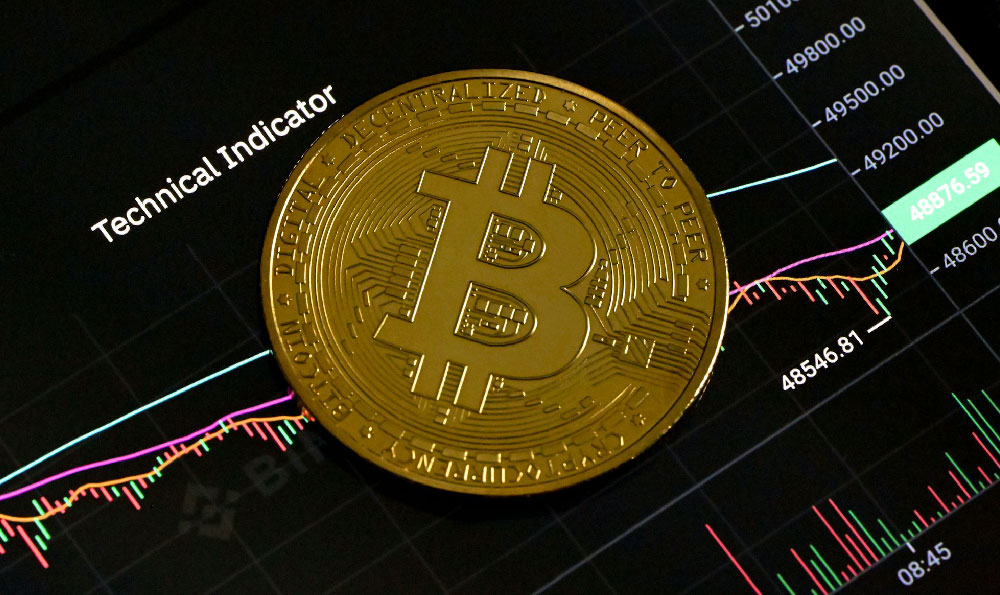Do Phlebotomists Earn Well? What's the Salary Outlook?

Phlebotomy, the practice of drawing blood for medical testing, transfusions, research, or blood donations, is a vital component of modern healthcare. It's a career that demands precision, empathy, and adherence to strict safety protocols. For individuals considering entering this field, a pertinent question naturally arises: What is the salary outlook for phlebotomists, and can they earn a good living?
The compensation for phlebotomists is influenced by a confluence of factors, including experience level, geographic location, employer type, and certifications held. Entry-level phlebotomists, those fresh out of training programs with minimal on-the-job experience, typically earn less than their seasoned counterparts. As they accumulate practical skills and demonstrate competence, their earning potential generally increases.
Geographic location plays a significant role in salary determination. Areas with a higher cost of living, such as major metropolitan centers or regions with a high demand for healthcare services, tend to offer higher wages to attract and retain qualified professionals. Conversely, rural areas or regions with a lower cost of living may offer comparatively lower salaries. It's important for aspiring phlebotomists to research the prevailing wage rates in their desired area of employment to get a realistic understanding of their potential earning capacity.

The type of employer can also impact a phlebotomist's salary. Phlebotomists employed by large hospital systems or specialized medical laboratories often receive more competitive compensation packages than those working in smaller clinics or private practices. Large organizations typically have more resources to invest in employee salaries and benefits, and they may also offer opportunities for career advancement and salary progression within the organization.
Certifications can also play a part in the salary of phlebotomists. While certification requirements vary by state and employer, obtaining a recognized certification demonstrates a commitment to professional standards and competence in phlebotomy techniques. Employers often value certified phlebotomists and may offer higher salaries or preferential hiring consideration to candidates who possess relevant certifications. Several reputable organizations offer phlebotomy certifications, such as the National Phlebotomy Association (NPA), the American Society for Clinical Pathology (ASCP), and the American Medical Technologists (AMT).
Beyond the base salary, it's crucial to consider the benefits packages offered by employers. Benefits such as health insurance, dental insurance, vision insurance, paid time off, and retirement plans can significantly enhance the overall value of a compensation package. When evaluating job offers, phlebotomists should carefully assess the benefits offered and factor them into their overall earnings calculation.
To provide a more concrete understanding of the salary landscape for phlebotomists, it's helpful to examine salary data from reputable sources. According to recent data from the U.S. Bureau of Labor Statistics (BLS), the median annual wage for phlebotomists was approximately $37,380 in May 2022. The BLS data also reveals that the highest 10 percent of earners in the field made more than $49,830, while the lowest 10 percent earned less than $29,460. It's important to note that these are national averages, and actual salaries may vary depending on the factors previously discussed.
While $37,380 is the median, specific states and metropolitan areas offer substantially higher compensation. States like California, Washington, and Massachusetts, with their robust healthcare industries and higher cost of living, often report above-average salaries for phlebotomists. Similarly, metropolitan areas such as San Francisco, New York City, and Boston tend to have higher wage rates than smaller cities or rural areas.
The job outlook for phlebotomists is generally positive, with the BLS projecting a faster-than-average growth rate of 10 percent from 2022 to 2032. This projected growth is driven by factors such as an aging population, increased demand for diagnostic testing, and advancements in medical technology. As the healthcare industry continues to expand, the demand for skilled phlebotomists is expected to remain strong. This bodes well for individuals seeking to enter or advance in this career field.
Furthermore, opportunities exist for phlebotomists to specialize or advance their careers. With additional training and experience, they can pursue roles such as lead phlebotomist, phlebotomy supervisor, or even pursue further education to become medical laboratory technicians or technologists. These advanced roles typically come with increased responsibilities and higher earning potential. Some phlebotomists choose to work in specialized areas such as pediatric phlebotomy or geriatric phlebotomy, requiring specialized skills and knowledge.
In conclusion, while the salary for phlebotomists may not be exceptionally high compared to some other healthcare professions, it's a stable and reliable career option with a positive job outlook. Factors such as experience, location, employer, and certifications all influence earning potential. With dedication, hard work, and a commitment to professional development, phlebotomists can earn a decent living and contribute meaningfully to the healthcare system. Aspiring phlebotomists should research local salary data, pursue relevant certifications, and seek out opportunities for career advancement to maximize their earning potential in this rewarding field.















